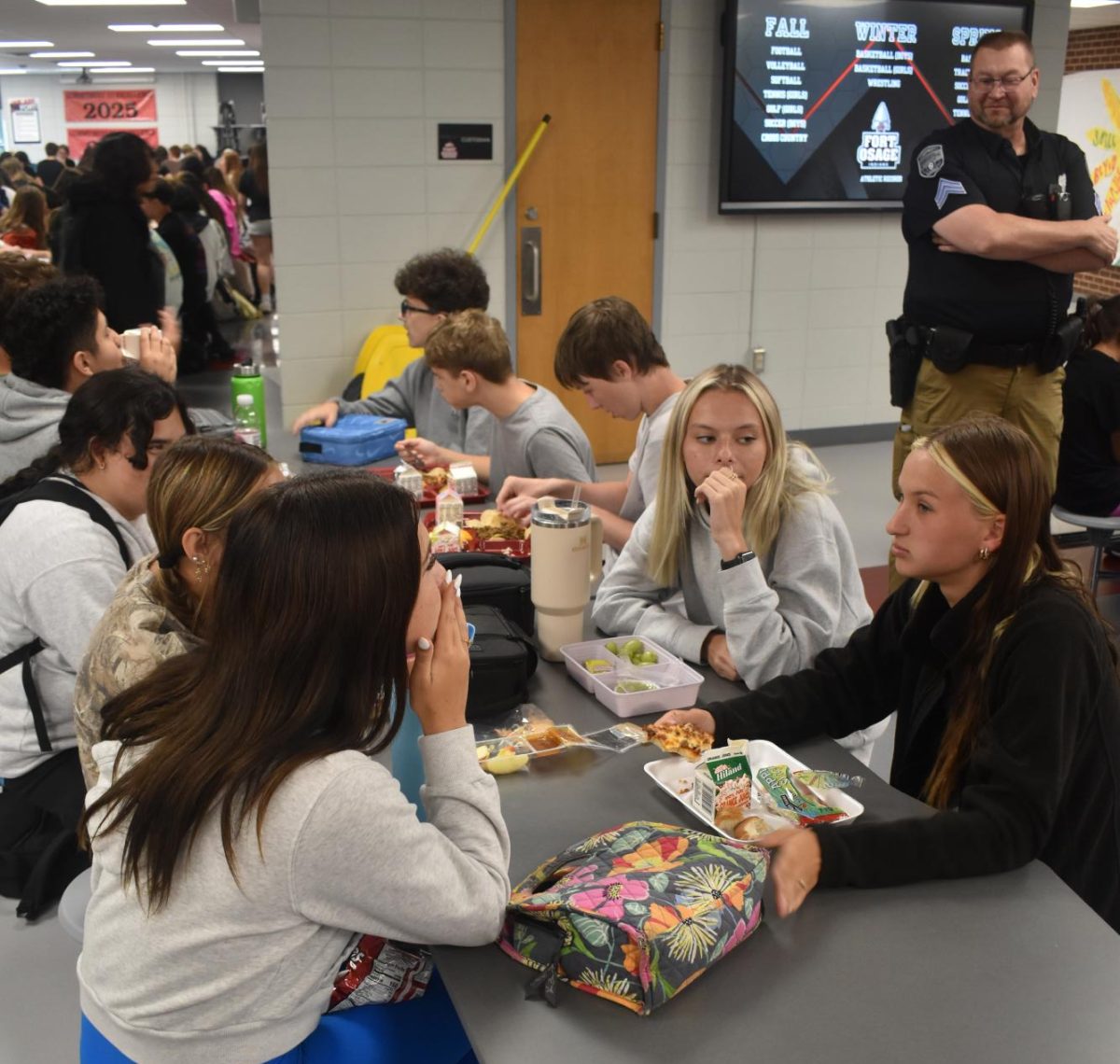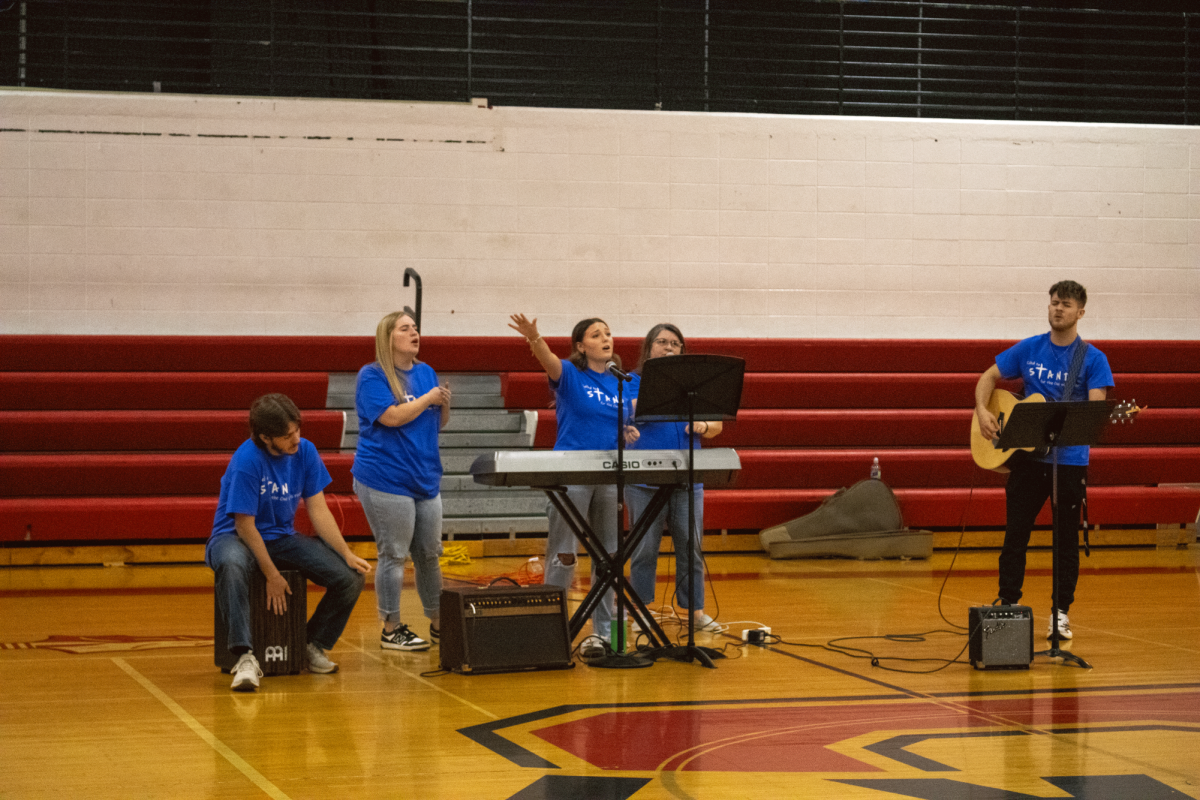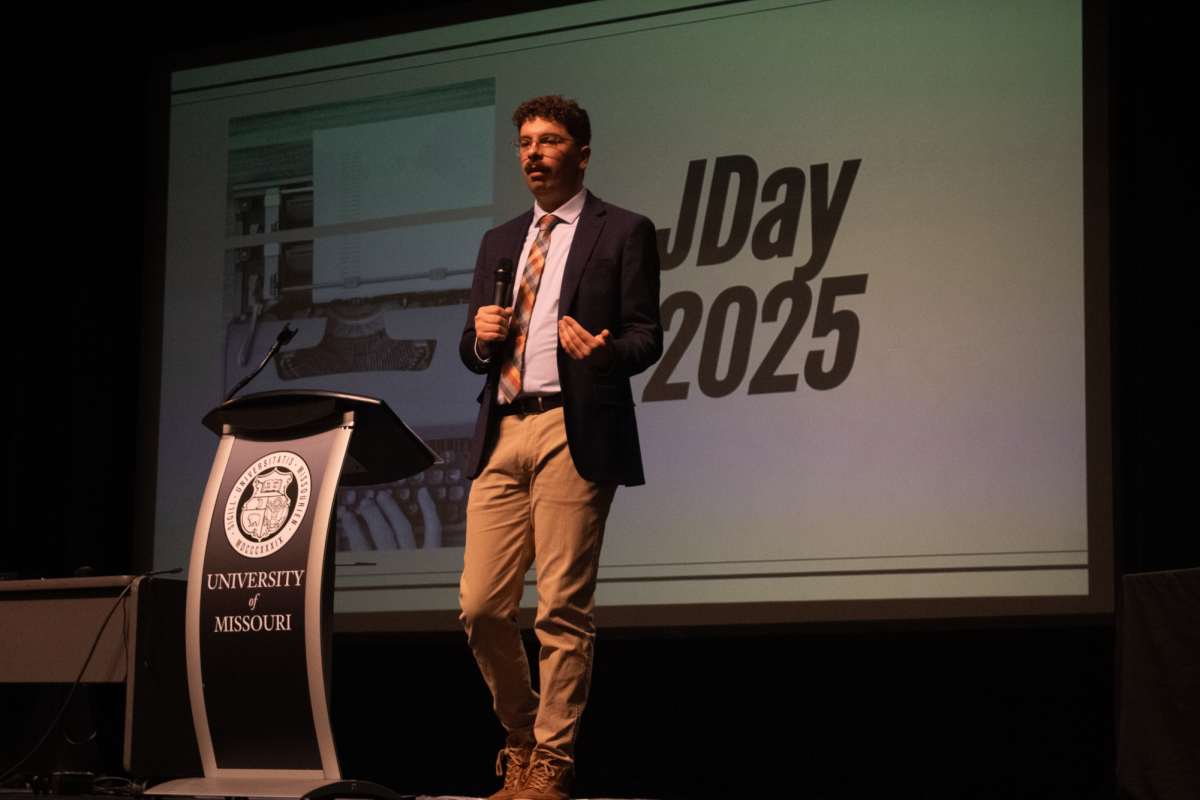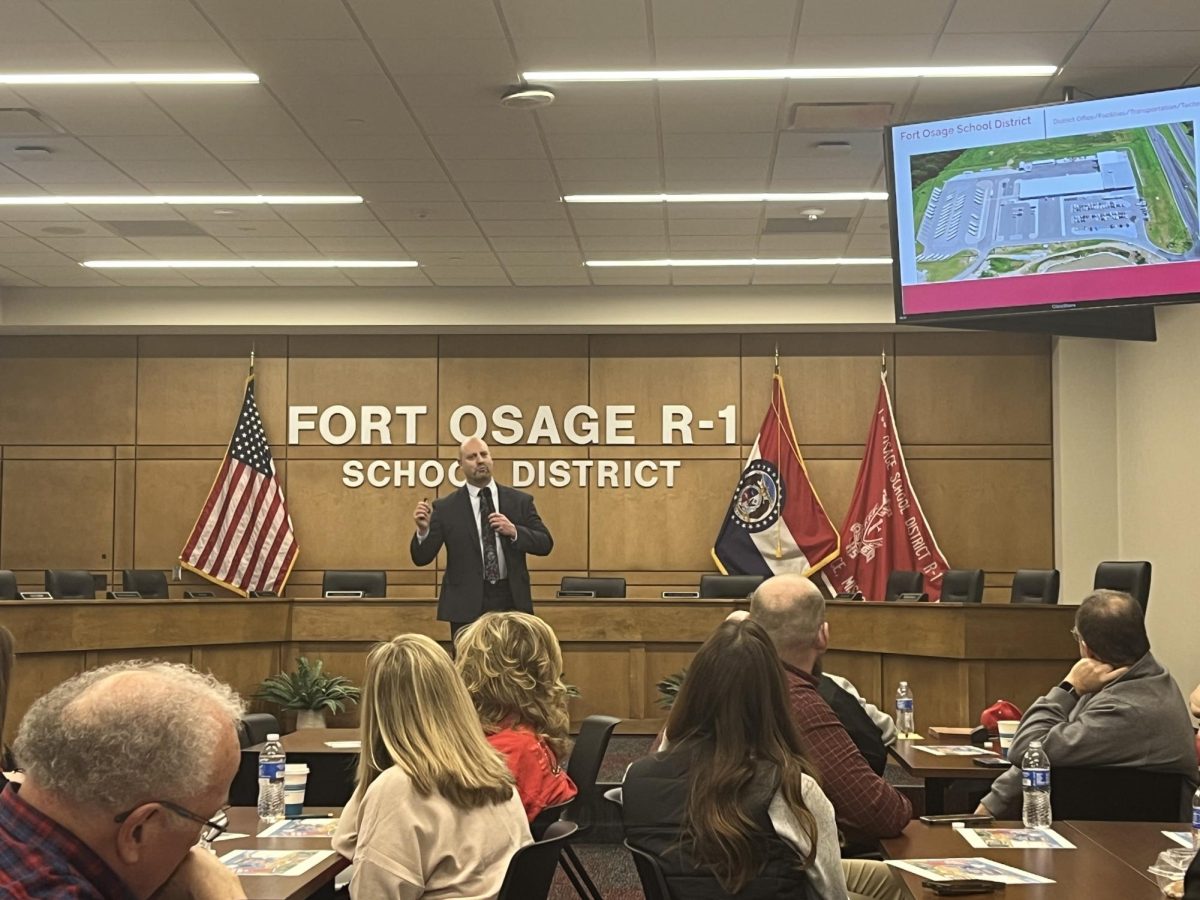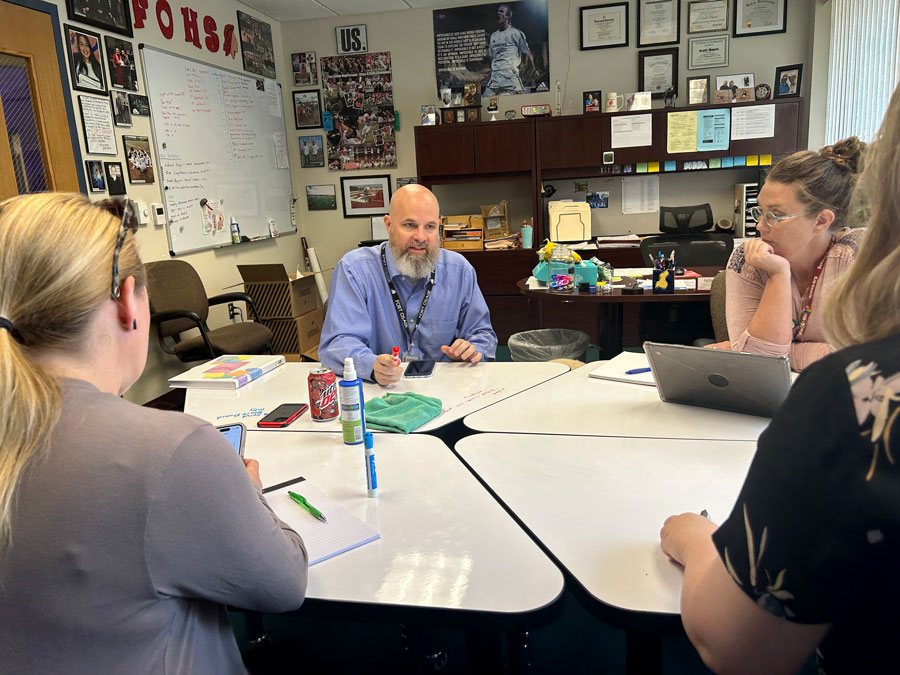Since the outbreak of the Covid-19 pandemic in 2020, multiple schools have been facing severe shortages of staff members in nearly every department, both across the KC Metro area and across the country. An often overlooked, but major part of this, is the ongoing substitute teacher shortage.
Currently, the Fort Osage School District pays substitute teachers $115 per day, and long-term subs receive $135 per day. Substitutes are also provided the incentive of having 10 guaranteed workdays per month. From this, Fort Osage has managed to hire 40 additional subs this year. In the front office, Attendance Secretary Christina ‘Christy’ Wilson finds filling classrooms to be an uphill battle.
“I would say that we are struggling to find subs to fill right now,” Wilson said, “It affects the front office because we have to make sure that the classrooms are filled with a teacher before that hour starts. So, when you’re short on subs it’s really tough in the front office or even the freshman office.”
In 2022, the state of Missouri itself lowered the college credit hour requirements for substitute teaching certification to 36 hours, down from 60 hours, the amount required for an associate’s degree. While speaking to substitute Cathy Crane, she also highlighted that other staff members are having to cover teaching, which directly affects the education quality of the student population.
“I mean it’s making it really challenging, I mean you have teachers that need subs and sometimes there’s not a sub,” Crane said, “so when there’s not a sub they end up having to split their class, or important positions like paraprofessionals, who are supposed to be helping, you know, one on one kids are pulled from their classrooms when there’s not a sub.”
Along with the college hour requirements, certification can also be obtained by completing a 20-hour course, which costs $180 through Frontline Education. After that, the requirement to apply for a certificate is $50, and a background check is $41.75. Assistant Superintendent of Human Resources, Karen Hile, feels the shortage is negatively affecting the learning flow for students.
“It can be a stressor for those who are asked to cover additional classroom responsibilities, or have additional students join their class to make up for a substitute, and it can disrupt the learning flow for students.” Hile said via email, “We [districts across the state] are and will continue to collaborate and learn from one another.”
Some more facts; roughly 88% of substitutes are aged 30 and older, and less than 1% were under 20. 40% had a 4-year college degree, 4% only had a high school diploma or similar, 31% had a master’s degree or higher, and 25% had either some college experience or an associate’s degree.
In the Spring, Fort Osage will be hosting a meeting for High School Seniors interested in becoming substitute teachers after graduation.









